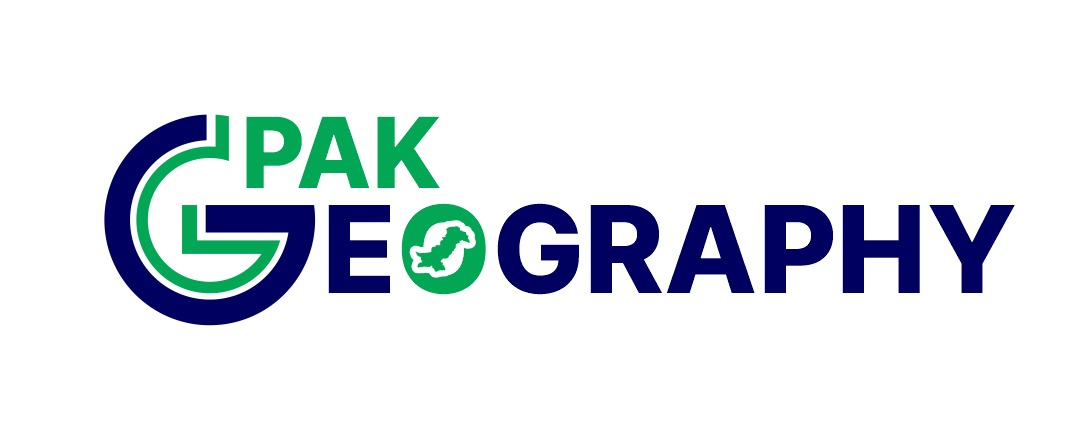Chak No. 003/T is a rural settlement located in Tehsil Multan Saddar of Multan District, Punjab Province, Pakistan. As reported in the Pakistan Bureau of Statistics 2023 census, the total population of this village is 4,522 individuals, including 2,208 males and 2,314 females. Females form the slight majority at 51.2 percent, while males account for 48.8 percent. The land area of Chak No. 003/T is 1,339 acres, resulting in a population density of about 3.38 persons per acre.
Literacy Rate in Chak No. 003/T
The literacy rate of Chak No. 003/T stands at 43.3 percent for the population aged 10 years and above, which is well below Multan District’s average of 61.41 percent, showing a gap of -18.11 percentage points. Male literacy is 53.7 percent, lagging 13.58 points behind the district’s male average of 67.28 percent. Female literacy is 33.2 percent, which is 22.07 points below the district female average of 55.27 percent. This reflects a significant educational deficit, especially among women.
Educational Attainment Breakdown
Primary but below Matric: 568 males and 380 females
Matric but below Degree: 256 males and 126 females
Degree and above: 36 males and 34 females
These figures show that while a modest number of men and women reach matric, only a very small fraction attain degrees. However, the near parity between men (36) and women (34) at degree level suggests that educational opportunities, though limited, are accessible to both genders at higher stages.
Religious and Age Composition
The entire population of Chak No. 3 T is Muslim, totaling 4,522 individuals. The literacy-eligible group (aged 10 years and above) consists of 3,273 people. The adult population aged 18 years and above is 2,389, while senior citizens aged 60 years and above number 224. This shows a youthful demographic profile with a large working-age group and a modest elderly presence.
Chak No. 3 T reflects the challenges of rural education in Multan Saddar Tehsil, where literacy rates remain well below district levels, particularly among women. Nevertheless, the presence of nearly equal numbers of male and female degree holders provides a hopeful sign for future educational progress.
Data Summary
| Parameter | Value | District Comparison |
|---|---|---|
| Population | 4,522 | – |
| Males | 2,208 (48.8%) | – |
| Females | 2,314 (51.2%) | – |
| Literacy Rate | 43.3% | 18.11% below district |
| Male Literacy | 53.7% | 13.58% below district |
| Female Literacy | 33.2% | 22.07% below district |
| Adult Population (18+) | 2,389 | – |
| Senior Citizens (60+) | 224 | – |
| Area | 1,339 Acres | – |
| Population Density | ≈ 3.38 persons/acre | – |
